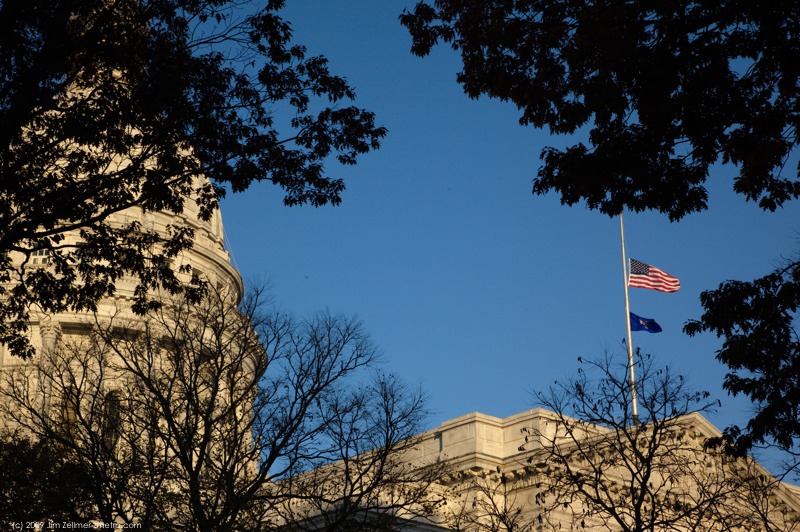
Category: Architecture
Old Town Prague Panorama

Click to view this scene, which was taken atop the Hotel U Prince.
The Devil is in The Retail
The only way these big developments have been able to get planning permission is for a local authority to parcel together a big tract of land (usually formerly industrial or railway land, often formerly publicly owned) and to give over the whole thing to a developer who is charged with driving the “regeneration” that the public sector has largely lost the ability to conceive. Consequently, rather than the network of public streets interspersed with public spaces, private blocks and semi-private but accessible courtyards that forms the fabric of the traditionally complex city centre, we get the pseudo-civic space of the mall without walls. Protest in these spaces is banned, as is public gathering, distribution of leaflets, drinking, sleeping and, of course, photography. Yet there has been no outcry.
Particularly in the UK, we have become so inured to the smooth transition of public assets into private ownership that even the loss of our public spaces seems to us quite natural. I have been asked to stop taking photos of new office buildings from the public street outside, I have been stopped in malls, in piazzas and by canals. I have even been asked to stop taking notes. What Debord was calling for was a city in which what was important was not the way it looked or how many new shops it had but the multiplicity of ways in which it could be used. His way of subverting the structure of a Paris that had been conceived by Baron Haussmann, with wide avenues to enable an army swiftly to quell a revolution, was to walk across it on an aimless walk – the famous dérive – in which the flâneur concentrates on the mundane and the banal and does not allow his gaze to be directed to the formal or the ceremonial.
. . .
The Guatamalan architect Teddy Cruz, who works in the strange hinterlands between the wealth of San Diego and the poverty of Tijuana just across the border in Mexico, has called for a new system of measuring the success of a city – one based not on density of population or on the value of turnover and rent but on the frequency of social transactions. It represents a radical departure. The idea of regeneration that has emerged over the past couple of decades has been based solely on the generation of money. Big, retail-led and commercial schemes are encouraged, even subsidised, planning controls are loosened to accommodate them and civic democracy and local objections are overridden as the objectives of rising property prices, increased local taxes and the presence of “flagship” and “anchor” stores and brands becomes a planning Xanadu.
Wisconsin Capitol – Night View
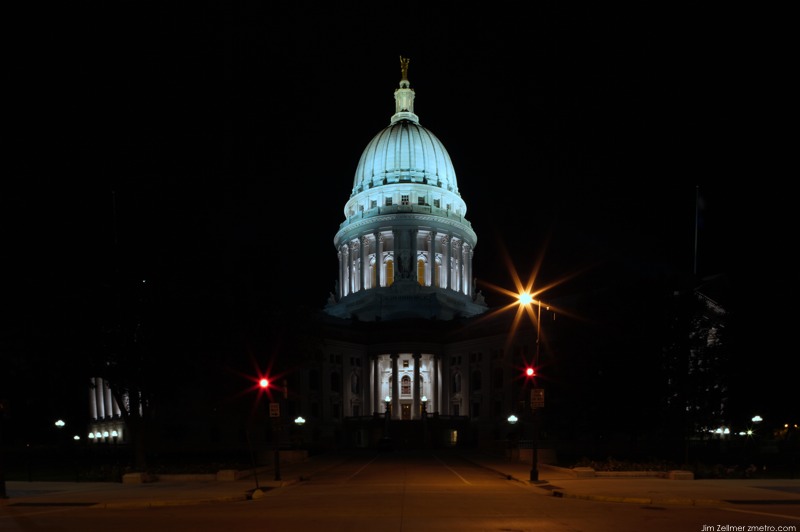
The City of Your Dreams
“Could you live here?” and “would you live here?” are two of the most common questions colleagues ask each other at the end of a business trip. Responses rarely take the form of a shrugged “I don’t know” or a half-hearted “I guess so”. Rather, they typically come in vehement declarations suggesting that considerable thought has gone into the topic already. Here are a few I’ve heard over the years:
On the train to Chicago’s O’Hare: “No way. It’s neither one thing nor the other and just look at this sad excuse of a train to the airport.”
In a cab to Vancouver International Airport: “Definitely not for me – seems a bit sleepy and limp.”
In a big Mercedes en route to Hong Kong’s Chek Lap Kok: “I could do it for a short stint but it wouldn’t be for the quality of life.”
Hitching a ride with an associate to Geneva’s Cointrin: “If I could get a great flat close to the lake and move my five closest friends, then it would be amazing.”
Being taxied to Fukuoka airport: “If I wanted the best of Japan but also great connections to the rest of Asia then it would be my first choice.”
Assessing quality of life is a difficult business and, as a result, surveys on the subject throw up different results.
The Economist Intelligence Unit’s liveability ranking, released this past Monday, put Vancouver, Canada, in the top spot out of 140 world cities, followed by Vienna.
Canada, Australia and Switzerland dominated the rest of the top 10, with Melbourne in third place, Toronto in fourth, Calgary and Perth tied for fifth/sixth, Geneva in eighth and Zürich and Sydney tied for ninth/10th. Helsinki was seventh, while London was 51st, behind Manchester at 46th. Asia’s best city was Osaka, Japan, at 13th, while the top US spot was Pittsburgh, Pennsylvania at 29th.
Mercer’s quality of living survey, released in April and covering 215 cities, was led by Vienna, followed by Zürich, Geneva, Vancouver and Auckland. Singapore was the most liveable Asian locale in 26th place, Honolulu was best in the US at 29th and London was the highest UK scorer at 38th.
There are similarities between these lists and Monocle’s and the reason is simple. According to Jon Copestake, editor of the EIU report, cities that score best tend to be mid-sized, in developed countries, offering culture and recreation but without the crime or infrastructure problems seen in places with larger populations.
Most of us tend to play some version of the game every time we travel and, while some quickly conclude they wouldn’t trade their current set-up for anywhere else in the world, I’d argue there are considerably more who are tempted to give up their current address for a place that promises better housing, worklife, transport, schools, restaurants, weather, shopping and weekend pursuits.
VR Scene: Jepson Center for the Arts Savannah
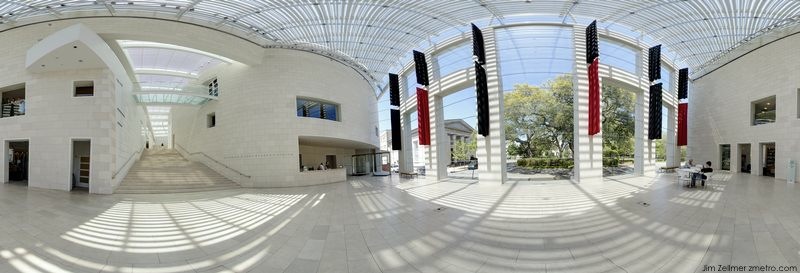
Bangle Bids Adieu
When it comes time to chart designer Chris Bangle’s contribution to the BMW brand’s aesthetic, few pundits will praise his pulchritudinous perversion of pistonhead passion, or thank him for the aesthetic affectations for which BMW is now known. In other words, the “Bangle Butt” will be Chris’ lasting legacy. Of course, this is also the man who removed the words “flame surfacing” from art school and placed them on the tip of his detractors’ tongues. That and Axis of White Power. (Oh! How we laughed!) Equally improbably, the Buckeye State native helped the expression “Dame Edna glasses” cross into the automotive lexicon. Yup. It’s been a wild ride. Literally.
CAR:
BMW design boss Chris Bangle is to leave the car industry, it was announced today. In a statement, BMW said Bangle was quitting ‘to pursue his own design-related endeavors beyond the auto industry.’
Bangle, 52, was the architect of the often controversial flame surfacing look that transformed BMW design from the Russian doll mentality of the 1990s to the edgy – some would say radical and divisive – styling of today.
The cars Bangle spannered
The outgoing design chief has overseen the launch of the current 1-, 3-, 5- and 7-series saloons and hatchbacks, as well as the raft of niche models that have seen BMW’s model range explode in recent years: the Z3, Z4, Z8, X3, X5, X6 and 6-series were all conceived on his watch.
Bangle grew up in Wausau, WI.
I give him a great deal of credit for dramatically changing what is often a very conservative business: car design.
Wisconsin Capitol: Late Night View
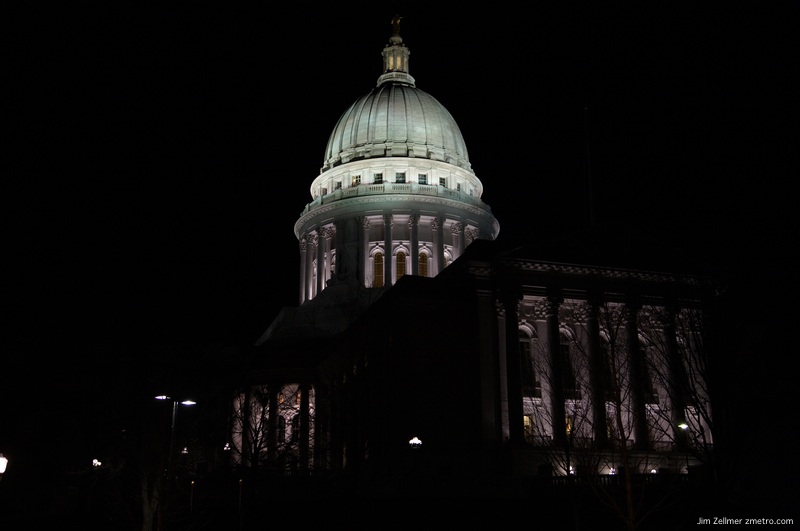
Pabst Theater Slideshow

Photo by Jack Orton
It’s a Friday night in Milwaukee, and a crowd of young men in jackets, jeans and boots is beginning to assemble outside the Riverside Theater, the old vaudeville hall and movie theater transformed into a modern music shrine.
Behind the locked doors, inside the grand lobby, the ticket takers, ushers and bartenders go through their final countdown, making sure the jumbo-size $6 bottles of Sierra Nevada Pale Ale are on ice, the floors are swept, the cash registers are ready.
Eight floors above the lobby, members of the rock band My Morning Jacket sit down to eat dinner in a warm, inviting room that is done up in shades of gray, with banquet tables covered in white linen and a Mortal Kombat II arcade game stashed in a corner. A waitress serves food from a buffet table overladen with meats, vegetables, salads and sweets. Some of the band members and crew cut into slabs of prime rib the size of Frisbees. Others pick at salads.
Amid the calm before a rock ‘n’ roll storm sits Gary Witt, a 49-year-old with a shaved head, trimmed mustache and goatee. He dresses casually in jeans and work shirt.
Flughafen Tempelhof Closes: VR Scene
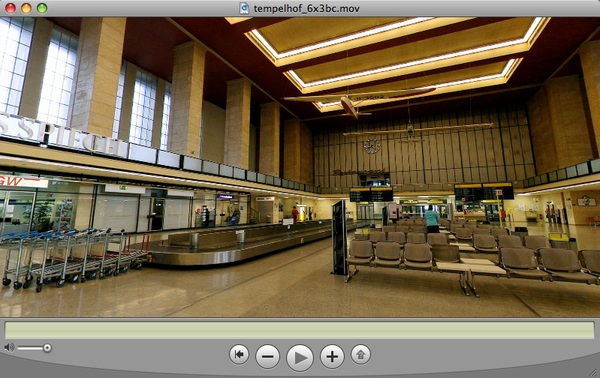
Tempelhof Central Airport (52.482088 13.389716), home of the Cold War era Berlin Airlift closed recently. I had an opportunity to visit in August, 2007 and shot this VR scene.
Flight Global posted a useful link roundup.
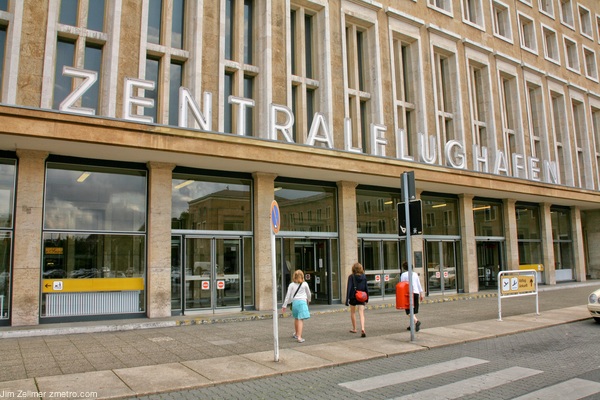
A few more photos: Tempelhof entrance, nearby Berlin Airlift Memorial and a closer look (photo from the Memorial’s 1951 unveiling).
Berlin Airports: Tempelhof – from the beginning till today. “An important chapter in the history of German aviation draws to a close“:
Tempelhof is justifiably regarded as the cradle of aviation. The name Tempelhof is closely connected to the beginning of engine-powered aviation. On 4 September 1909, an engine-powered flight took off for a few minutes for the first time in Germany. With his plane, American Orville Wright ushered in the age of engine-powered aviation in Germany on the Tempelhof airfield. Aeronautical engineering continued to develop at a rapid pace: on 8 October 1923, Tempelhof was granted the status of “Berlin Airport”. The central airport Tempelhof developed into the biggest hub in Europe. Tempelhof became the home of Deutsche Lufthansa AG, which was founded on 6 January 1926 in Berlin. 1936 saw the start of construction of a completely new airport of epic proportions. The construction of the largest airport building in the world catered for both Hitler’s penchant for monumental constructions and the expected 6 million passengers. During World War II, civilian air traffic increasingly dwindled. After a brief occupation by the Soviet army, the Americans took over the airport in July 1945.